What are varicoceles?
A varicocele is an enlargement of veins within the scrotum. They typically form during puberty on the left side. To better understand varicoceles, it helps to know how veins function. Healthy veins return blood to the heart through one-way valves, allowing blood to the heart. Diseased veins have weakened valves, letting blood flow backwards pooling in the veins. When diseased veins form in the scrotum, it is called a varicocele.
Who gets varicoceles?
- Varicoceles affect 10% of men
- They are most common in younger men between the ages 20 and 40
Signs and Symptoms
Most varicoceles don’t cause any symptoms and can be left untreated without causing any harm. However, many cases result in:>
- Pain – Dull or sharp pain that gets worse when standing or sitting for extended periods of time.
- Infertility – Varicoceles may lead to a decreased sperm count, low sperm movement, or more sperm that are deformed
- Enlargement – Varicoceles may swell and become more noticeable over time
- Atrophy – Shrinkage of one or both testicles
Diagnosis
Physical exam
Many cases of varicoceles are detected during routine physical exams. Your doctor may be able to feel the mass which may seem like a bag of worms next to the testicle.
Ultrasound
Your doctor may order an ultrasound to exclude other reasons for your symptoms, such as a tumor.
Treating varicoceles
While many varicoceles are still treated with conventional surgery, there is a new minimally invasive alternative known as varicocele embolization.
Varicocele embolization
- A small catheter is inserted into a neck or groin vein
- The catheter is guided into the gonadal vein
- Tiny metal coils and sclerosant are injected into the diseased vein
- Patients are observed for a few hours before going home
Advantages of varicocele embolization
- No surgical incision
- No general anesthesia
- Low rate of complications
- Less recovery time, men are usually able to return to work the very next day with timely relief of symptoms.



